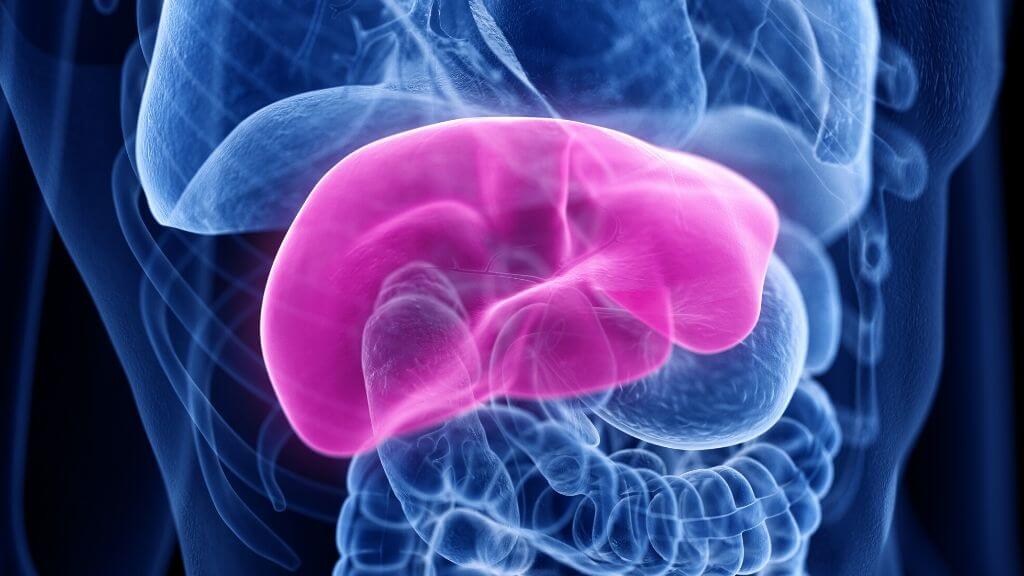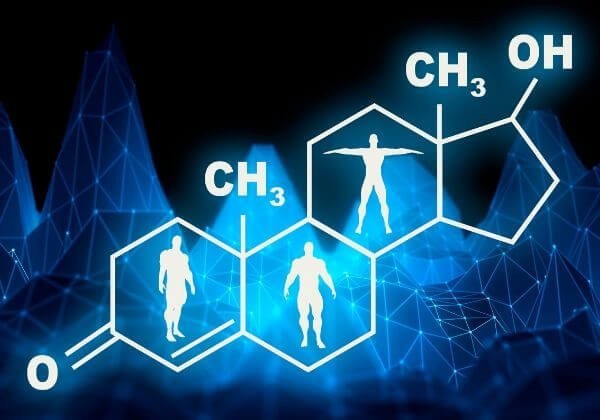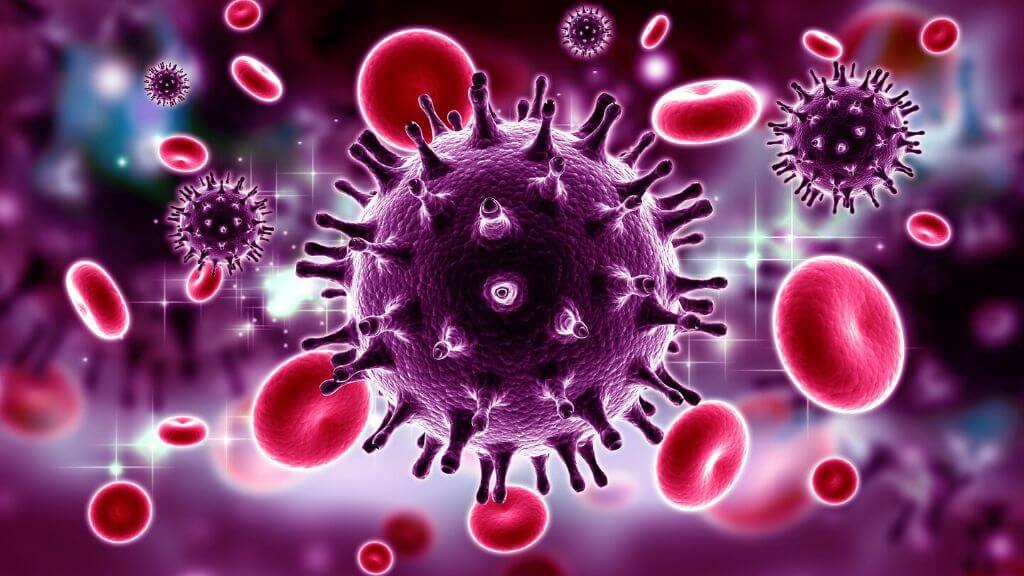Low testosterone levels affect close to 5 million men in the United States. This is an important hormone that naturally starts to decrease after the age of 30, but in some cases, the loss can be substantial.
While older men suffer from drops in testosterone levels more frequently, it can occur to all men at any age. Even babies and children can be affected by this, which has caused a surge in testosterone replacement therapies.
Causes of Low Testosterone
♦ Primary hypogonadism: This is caused by underactive testicles, which results in insufficient production of testosterone. As a result, there is not enough of this hormone for growth and health. This is an inherited trait, but it can also occur as a result of an illness or accident. Conditions that can cause hypogonadism include cancer treatments, mumps infection, and physical injury.
♦ Secondary hypogonadism: This is caused by damage to the pituitary gland or hypothalamus, which helps control testicular hormone production. This occurs as a result of aging, obesity, taking certain drugs like opioid pain medications, or severe emotional or physical stress.
♦ Mixed hypogonadism can also occur and is more common with older males. Individuals undergoing glucocorticoid therapy can develop this, and it can also affect those with sickle-cell anemia and alcoholism.
Symptoms of Low Testosterone
Drops in testosterone levels that are not the result of normal aging are usually caused by hypogonadism. This occurs when the testicles do not produce enough testosterone. This can happen during fetal development, puberty, and adulthood.
The symptoms of low testosterone will depend on when the hypogonadism occurs.
♦ When hypogonadism happens during fetal development, the growth of the external sex organs becomes impaired. Male children can develop female genitalia, ambiguous genitalia, or have underdeveloped male genitals.
♦ If it occurs during puberty, the young man can experience problems with muscle development, underdeveloped genitals, enlarged breasts, overly long limbs, and a lack of body hair.
♦ During adulthood, hypogonadism can cause low energy levels, infertility, low muscle mass, decreased sex drive, loss of bone mass, and erectile dysfunction.

Conditions Associated with Low Testosterone
There are several health conditions known to be associated with hypogonadism and low testosterone levels. Some can be inherited, while others are developed later in life.
♦ Undescended testicles: When testicles do not descend properly at a young age, they will not produce sperm, and you will experience testosterone deficiency. Your risk for testosterone deficiency increases significantly with two undescended testicles.
♦ Hemochromatosis (too much iron): Hereditary hemochromatosis has been associated with low testosterone levels in men. Testosterone therapy is common in these patients to help boost libido and sexual function.
♦ Klinefelter’s syndrome: This is a genetic condition where males are born with an extra X chromosome. Infertility and small testicles are common symptoms, which also mean low testosterone levels.
♦ Pituitary disorders: The pituitary gland is responsible for regulating the production of testosterone along with other hormones, and any diseases or disorders of the gland will interfere with this.
♦ Kallman syndrome: This disease causes disruption in the actions of the hormones that control the hypothalamus. Because the hypothalamus influences sex hormones, the result can be hypogonadism and low testosterone levels.
♦ Inflammatory diseases: Chronic or systemic inflammatory disease interferes with testosterone activity. The excess inflammatory chemicals also create an enzyme called aromatase, which turns testosterone into estrogen, causing sexual dysfunction in men.
HIV/AIDS: As the HIV virus progresses to AIDS, the immune system, along with other bodily functions, weakens. In men, this systemic weakness can cause depleted levels of testosterone.
Treatment for Low Testosterone
Outside of lifestyle changes, testosterone replacement therapy (TRT) is the only treatment for low testosterone. It is especially important for younger men with hypogonadism, as it can help them to experience healthy muscular and genital growth and development.
With sufficient testosterone levels restored, males can maintain good health throughout their adult life. It is important to note that TRT does have side effects associated with it. These vary for each person, but can include:
♦ Acne
♦ Breast enlargement
♦ Decreased sperm count
♦ Sleep apnea
♦ Enlarged prostate
♦ Testicle shrinkage
With careful planning and monitoring of TRT plans, you can avoid or limit these side effects, so you need to keep in regular contact with your doctor to make sure you evaluate your options as you go through therapy.
Natural Treatment for Low Testosterone
Along with therapy, there are natural ingredients and supplements that will help boost testosterone levels.
♦ USPlus Saw Palmetto: Through the regulation of testosterone levels, saw palmetto is one of the most effective natural ingredients for boosting testosterone.
♦ Boron AAC: This highly absorbable version of boron is a great way to boost testosterone. Boron AAC converts it to a compound the body can use rather than letting it be converted to DHT, which can be dangerous at high levels.
♦ Copper AAC: Another enhanced version of a beneficial mineral, copper AAC boosts testosterone. Copper AAC triggers the production of gonadotropin-releasing hormone, which is a messenger that helps the pituitary gland produce luteinizing hormone (LH). LH promotes the synthesis of testosterone, and this starts a feedback loop that the body needs to keep testosterone levels balanced.
The herb ashwagandha has been proven to boost testosterone by lowering cortisol levels and boosting sperm count. Ginger extract supplements can also increase testosterone while promoting overall health.
Along with therapy, there are things you can do that naturally help boost testosterone levels.
♦ Regular exercise: Studies have found that regular physical activity increases testosterone levels. Specifically, weight lifting and resistance training have been shown to be the most effective.
♦ The right diet: What you eat has a significant impact on testosterone, so you need to have a diet strategy to help you lose weight and maintain a healthy balance of fat, proteins, and carbohydrates.
♦ Minimize stress: The stress hormone cortisol reduces testosterone levels and can also increase body fat, which impacts testosterone too. Reducing stressful situations in your life and practicing relaxation techniques regularly, such as yoga and meditation, can keep cortisol levels low and testosterone high.
♦ Natural supplements: The herb ashwagandha has been proven to boost testosterone by lowering cortisol levels and boosting sperm count. Ginger extract supplements can also increase testosterone while promoting overall health.
♦ Get plenty of sleep: Studies found that reduced sleep and poor quality sleep result in a 15 percent reduction in testosterone levels. You need to make sure to between 7 and 9 hours of sleep each night. Start a bedtime routine to help promote deep and restful sleep if you are having trouble. This can include turning off electronics, creating a comfortable environment, and not eating before bedtime.

What Is the Long Term Outlook?
Low testosterone in men can be a normal part of aging or a sign of a more serious condition. Testosterone is an important hormone, so low levels can have serious effects on the body, including developmental problems and infertility.
Males at any age can be affected by low testosterone, so it is important to understand the signs. With prompt diagnosis and therapy combined with lifestyle changes, you can correct testosterone levels to live free of side effects.







